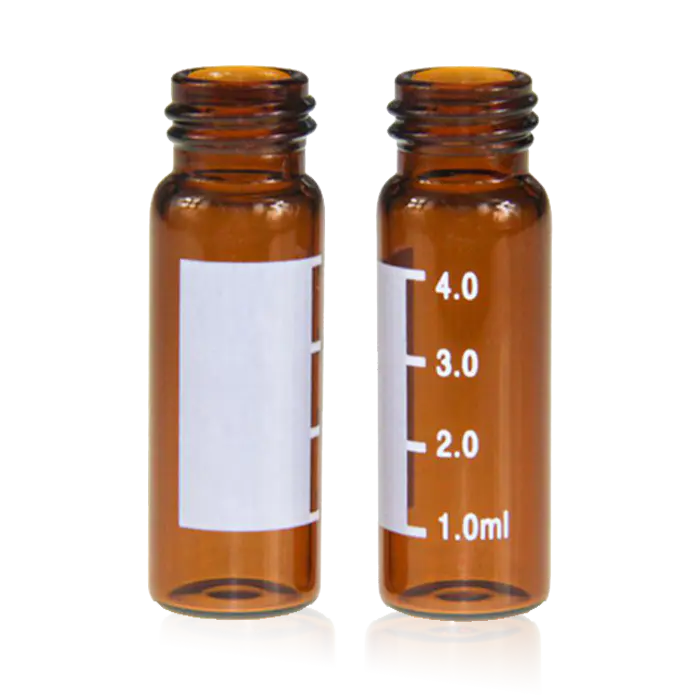Why Is Choosing the Right Autosampler Vial Important for Analytical Accuracy?

In modern analytical laboratories, precision and efficiency are crucial to achieving reliable results. An essential component that supports this is the Autosampler Vial. This small but vital container plays a key role in sample preparation and analysis, particularly in chromatography and mass spectrometry. Understanding the characteristics and applications of an Autosampler Vial can help laboratories optimize their workflow and maintain data quality.
An Autosampler Vial is designed to hold liquid or solid samples securely for automated analysis. Its size and material are carefully chosen to ensure compatibility with autosampler instruments. These vials typically come in standard volumes such as 1.5 mL, 2 mL, or larger, depending on the requirements of the specific analytical method or instrument model.
Material selection for an Autosampler Vial is important to prevent contamination or sample degradation. Most vials are made from clear or amber glass, which provides excellent chemical resistance and allows visual inspection of the sample. Some applications may require plastic vials, but glass remains preferred for many analytical techniques due to its inertness.
Sealing is another critical aspect of an Autosampler Vial. The vial is usually paired with a cap and septum that form a tight seal, preventing evaporation and contamination. The septum is often made of materials like PTFE or silicone to maintain sample integrity during autosampler needle penetration. Choosing the right closure system ensures consistent sample delivery and protects sensitive compounds.
The design of the Autosampler Vial also contributes to instrument performance. Precise dimensions and consistent manufacturing allow smooth operation of the autosampler’s needle mechanism, reducing the risk of clogging or misalignment. Vials with uniform shape and size facilitate automated sample handling, saving time and minimizing errors.
An Autosampler Vial supports high-throughput analysis by enabling multiple samples to be prepared and queued for injection. This reduces manual labor and allows laboratories to process a larger number of samples in a given timeframe. As a result, workflows become more efficient, and analysts can focus on data interpretation rather than repetitive sample handling.
Different types of Autosampler Vials are available to accommodate specialized needs. For instance, low-volume vials are used when sample amounts are limited, while larger vials serve applications requiring greater sample volumes. Some vials include features such as graduated markings for easy measurement or enhanced durability for rigorous lab environments.
In quality-sensitive industries such as pharmaceuticals, food testing, and environmental analysis, the choice of an Autosampler Vial can influence data accuracy. Using vials that are free from contaminants and chemically compatible with the analyte helps prevent interference and ensures reproducible results.
Storage conditions are also relevant when selecting an Autosampler Vial. Amber vials protect light-sensitive samples, while clear vials are suitable when visual inspection is necessary. Proper vial selection complements other sample preparation steps, contributing to overall laboratory performance.
In conclusion, the Autosampler Vial is a small but important component in analytical workflows. Its material, size, sealing system, and design all contribute to reliable sample handling and data quality. By choosing the right vial, laboratories can improve efficiency, reduce errors, and maintain consistent results across diverse applications.
https://www.pipettetipfactory.com/product/sample-vial/autosampler-vial/
- Art
- Causes
- Crafts
- Dance
- Drinks
- Film
- Fitness
- Food
- Παιχνίδια
- Gardening
- Health
- Κεντρική Σελίδα
- Literature
- Music
- Networking
- άλλο
- Party
- Religion
- Shopping
- Sports
- Theater
- Wellness


